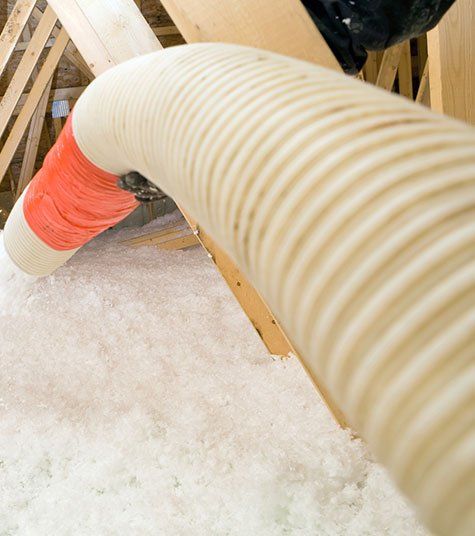Blown-In Insulation Made Simple
A blown-in blanket insulation system (BIBS) is composed of fiberglass blown-in wool manufactured explicitly for use with this installation method. This installation method creates a fast-fill around pipes and other unique features to give a high R-value and thermal protection in an easy, effective manner.
What is Blown-In Insulation
The term blow-in insulation (or loose-fill insulation) points to the process of filling stud or joist cavities or covering attic floors with any loose material that has an excellent insulating R-value. While various materials can be used, including styrofoam pellets or loose fiberglass fibers, the most common material used for blow-in applications is cellulose.
Types of Blown-In Insulations
There Are Three Main Types of Blown-In Insulation:
Loose-Fill Fiberglass
This light-as-air insulation is constructed from heated glass to a liquid and then twirled into thin fibers. When blown into attics and wall spaces, loose-fill fiberglass offers a typical R-2.5 thermal value per inch (the higher the number, the greater the insulating effect).
Cellulose
For eco-minded homeowners, cellulose is often the insulation of choice because it’s made from finely shredded recycled cardboard or newspaper. This is the most common type of blown-in insulation on the market, and it’s chemically treated to withstand mold and fire. A downside to cellulose is that if it gets wet (from a leaky roof or pipe), it can lose its fluffiness and become soggy and compacted, which reduces its R-value.
Rock Wool
Also called “mineral wool,” this type of blown-in insulation is made from blast furnace slag (a byproduct of firing iron and iron ore). The slag is heated, combined with other minerals, and then spun into an airy product that resembles the texture of raw sheep’s wool. Rock wool features a thermal value of R-3.3 per inch. Due to its excellent fire resistance, rock wool is often called for in areas subject to fire codes, such as a connecting wall between a house and an attached garage or in the floor between a garage and a FROG room (finished room over garage).
Call The Experts at Dennis Insulation for all your Residential and Commercial Insulation home needs.
(316) 239-1006






